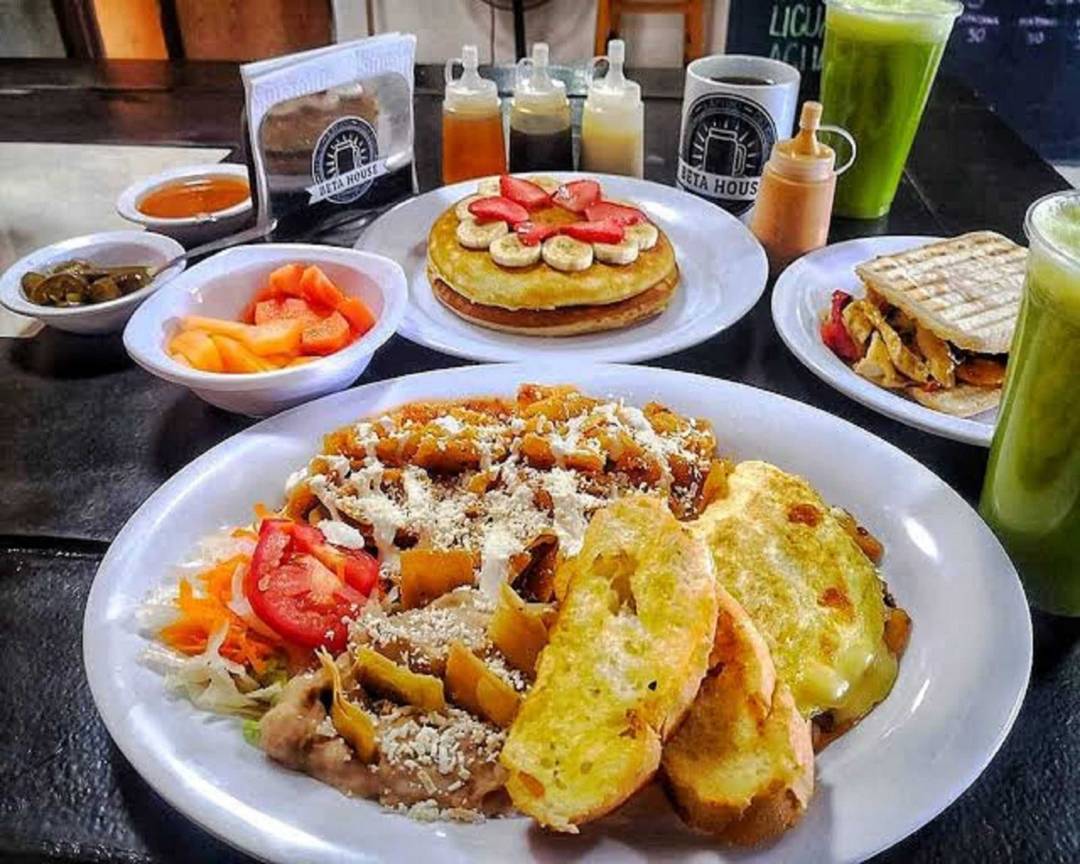Unlocking Tortas & Slang: Insights From Diverse Cultures
Is there a single culinary creation that embodies both humble beginnings and a meteoric rise in popularity? The "torta," a sandwich of Mexican origin, is undeniably that creation, captivating taste buds and earning a place in the global culinary landscape.
From the bustling street food stalls of Mexico City to the trendy menus of cosmopolitan cities worldwide, the torta has undergone a remarkable transformation. Its journey reflects not only the evolution of food trends but also the interwoven tapestry of cultural exchange and adaptation. While the search engines yield no specific results for initial queries about the torta, and the standard prompts yield limited insights, the story unfolds through the rich tapestry of its history and its enduring appeal. Consider the tantalizing flavors of the "torta ahogada," a "drowned sandwich" that speaks volumes about culinary ingenuity. The term "torta face," originating from Hispanic communities in the United States, adds a layer of social context to this versatile dish. This essay will explore the essence of the torta, examining its history, its variations, and its enduring allure.
| Aspect | Details |
|---|---|
| Origin and History | The torta's origins are deeply rooted in Mexican culinary traditions, evolving from the need for a portable and satisfying meal. While the exact origins are debated, it is believed that the torta emerged in the late 19th or early 20th century in Mexico City. The early tortas were simple affairs, often consisting of a crusty bread roll (the "bolillo" or "telera") filled with beans, meat, and a few basic toppings. |
| Key Ingredients | The foundation of the torta lies in its bread and fillings. The bolillo or telera, with its crusty exterior and soft interior, provides the perfect vessel for the savory contents. The fillings can be incredibly diverse, reflecting regional specialties and personal preferences. Common fillings include:
|
| Regional Variations | The torta is far from a monolithic entity; instead, it presents a rich array of regional variations, each reflecting local ingredients and culinary preferences:
|
| Cultural Significance | The torta holds a special place in Mexican culture. It is a beloved street food, a convenient meal for workers, and a source of comfort for many. It is often associated with family gatherings, celebrations, and everyday life. The fact that there are no direct results on search engines does not diminish its deep-rooted presence in the Mexican identity. |
| Global Popularity | The torta's appeal transcends borders. With the rise of food trucks and artisanal eateries, tortas have become a trendy item on menus in cities across the globe. This global embrace of the torta speaks to the universal appeal of a well-crafted sandwich. |
| "Torta Ahogada" - The Drowned Sandwich | The "torta ahogada," or "drowned sandwich," from Guadalajara, is a prime example of culinary innovation. The torta is submerged in a spicy tomato-based sauce, often accompanied by pickled onions. This unique preparation adds another layer of flavor and texture to the already satisfying sandwich. |
| "Torta Face" - A Social Context | The term "torta face" is a colloquialism that originates in Hispanic communities in the United States. While not directly related to the sandwich itself, it's a term used to describe a person, adding a layer of social context to the cultural significance of the torta. |
| Influence and Adaptation | The torta's influence extends beyond its original context. It has inspired countless variations and adaptations in different cuisines, showing its remarkable adaptability. |
| References | MexicanAuthentic.com - A reliable source that could provide further information regarding tortas. |
The torta, in its myriad forms, stands as a testament to the power of simple ingredients combined with culinary creativity. The initial search queries may not yield direct results, but the story of the torta unfolds in the flavorful details of its ingredients, its regional variations, and its cultural significance. It's a story of adaptation, of flavor, and of the enduring appeal of a truly satisfying sandwich.
One cannot discuss the torta without acknowledging its versatility and its capacity for infinite customization. The choice of bread, the selection of fillings, and the application of sauces are all at the discretion of the torta maker. This flexibility is a core strength of the torta, allowing it to evolve and adapt to local tastes and ingredients. Imagine the rich flavors of carnitas, slowly braised to tender perfection, nestled within a crusty bolillo. Consider the spicy kick of pickled jalapeos, the creamy coolness of avocado, and the tangy bite of a well-crafted salsa. The possibilities are endless, and the result is always a culinary adventure.
The "torta ahogada" of Guadalajara is a particularly striking example of the torta's adaptability. The sandwich, submerged in a vibrant and flavorful sauce, is a testament to the innovative spirit of Mexican cuisine. The sauce, often made with tomatoes, chiles, and spices, infuses the bread and fillings with a deep, satisfying flavor. The result is a truly unforgettable experience. The fact that the initial search attempts provided no immediate results doesn't diminish the unique nature of the "torta ahogada"; rather, it highlights the need to dig deeper and explore the rich tapestry of Mexican culinary traditions.
Beyond its culinary merits, the torta has a significant cultural presence. It is more than just a sandwich; it is a symbol of Mexican identity, a source of comfort, and a part of everyday life. The torta is often associated with family gatherings, celebrations, and the bustling energy of street food vendors. It represents the heart of Mexican culture, providing a taste of home for those who have traveled afar, and a delicious introduction for those who are new to the flavors of Mexico. "Güey" is a form of street slang used mostly, if not exclusively, among guys. Though this phrase is not directly related to the torta, it paints a picture of the social setting where the torta thrives.
The global popularity of the torta is a clear indication of its universal appeal. With the rise of food trucks and artisanal eateries, tortas have become a trendy item on menus in cities around the world. The accessibility and versatility of the torta are its main strength. The combination of familiar ingredients with the option for unique and bold flavors makes it a winner for different palates. From Mexico City to Los Angeles, the torta has transcended borders, demonstrating the power of food to unite people and celebrate cultures.
The "torta face" phenomenon provides a window into the social dynamics surrounding the torta. This term, originating in Hispanic communities in the United States, suggests the cultural influence of the torta and its related associations. Although the term is not directly associated with the food, it highlights the unique way that food is associated with cultural identities.
The story of the torta is far from over. As the culinary landscape continues to evolve, the torta is sure to inspire even more variations and adaptations. It is a living tradition, a culinary canvas upon which new flavors and techniques are continually being explored. From simple beginnings, the torta has grown to represent the rich, diverse, and delicious heart of Mexican cuisine. The initial search results, which returned no specific information, underscore the importance of searching for deeper knowledge about culture, rather than relying on surface-level searches. The torta, like other complex cultural symbols, is a testament to the beauty of cultural exchange and adaptation.
The ability of the torta to adapt and thrive in diverse environments is a testament to its fundamental appeal. Its core components the bread, the fillings, and the sauces provide a foundation upon which infinite creativity can be built. This flexibility, combined with its inherent deliciousness, has allowed the torta to become a global culinary phenomenon. From the bustling street food stalls of Mexico to the trendy restaurants of major cities around the world, the torta has found a place on the world's stage. This adaptability ensures that the story of the torta will continue to be written for many years to come.
The search results that failed to provide the desired information emphasize the importance of understanding the value and the role that culture plays when you seek out information. The richness and diversity of the torta's history underscore the need to dig deeper than the common search engines to understand the complex cultural narratives that surround food. The "torta ahogada," the "torta face" concept, and the myriad regional variations of the torta all contribute to the overall complexity of this delicious sandwich. They also highlight the many layers of culture and tradition that make the torta a true culinary masterpiece.
The torta embodies a number of things: the tradition, the creativity, and the cultural exchange that is so important in today's global society. It's a reminder that the most satisfying experiences are often the simplest, built on a foundation of quality ingredients, skillful preparation, and the willingness to embrace the beauty of cultural exchange. So, the next time you encounter a torta on a menu, remember that you are not just eating a sandwich. You are partaking in a centuries-old tradition, experiencing the flavors of Mexico, and participating in a celebration of the human spirit. The torta offers a taste of Mexico for the world, one delicious bite at a time.
The enduring appeal of the torta is a testament to the power of simple things, done well. Its success is in the hands of the people that craft it, the creativity that comes out of regional traditions, and the capacity to adapt to new cultural environments. The torta's adaptability is the key to its future. The journey of the torta is not just a culinary story; it's a story about the enduring power of culture, flavor, and human connection. The torta has earned its place in the global culinary landscape by embracing its roots and looking forward to new frontiers.


